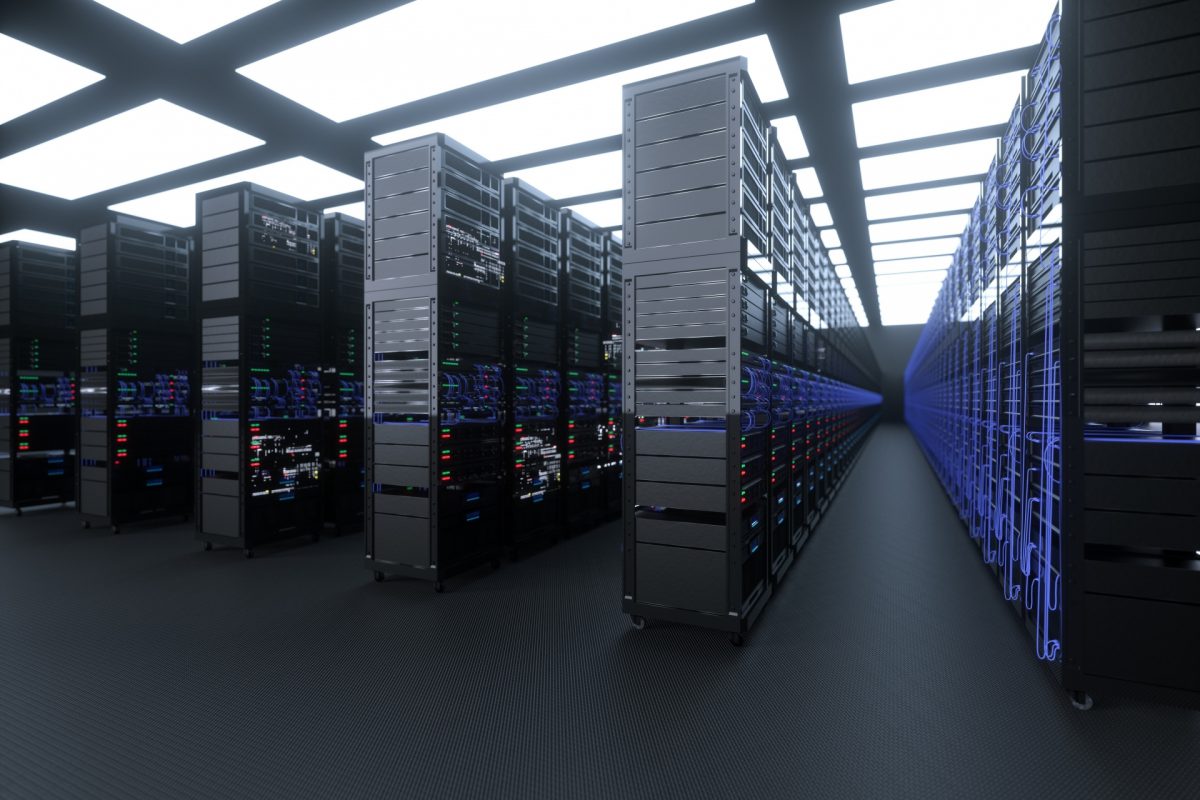
Saas vs. IaaS Render Farms: Which Is Best for Your Studio?
If you or your studio is looking to add render farm services to your project workflows, it is important to understand how companies provide their rendering services. Depending on the company, render farms services will be designed to fit certain rendering needs better than others. This is the case when choosing a Saas or IaaS render farm for your project. Keep reading as we break down the strengths and weakness of each option to help you understand what they can do for your future rendering projects.
First, What Does a Render Farm Do for You?
We have talked at length about render farms before in our article found here (in case you would like to read more about them in-depth), but here is a brief crash course.
Render farms are computer networks that utilize high-performance GPU and CPU core nodes (usually in the hundreds or thousands) running in tandem to aid in the production and rendering of 3D images and scenes.
They are designed to help maximize productivity by allowing 3D artists and studios to free up local workstation CPU and GPU resources, aid in speeding up production of large projects through powerful hardware, and make it easier to meet tight deadlines by rendering in a fraction of the time it would take on a local machine.
Keep in mind that not all render farms follow similar solution models. Saas (Software as a Service) and IaaS (Infrastructure as a Service) are the most common models, but what sets them apart from each other and what should you consider when choosing between a SaaS and IaaS render farm?
SaaS Render Farms
A SaaS render farm is a cloud-based rendering solution that offers rendering that can be set up directly on an internet browser. There is no need to install any third-party software, hardware, or peripherals to your local workstation as the service provider takes care of all the necessary infrastructure, hardware, data storage, and software applications. Using the service can be as simple as uploading your files to the render farm’s online system, confirming your desired settings, and having the render farm handle the heavy lifting.
SaaS is also a very easy payment model that caters to your needs, whether you are working on an ongoing large-scale project, or just having some fun with a personal project that you would like to see come to life a little faster than what your personal computer is capable of handling. Service providers typically offer both a monthly payment plan, or a pay-as-you-go system. For many users, affordability is just as important as speed when it comes to rendering. Many SaaS services will advertise how quickly you can render your images, but fail to mention how much that speed will cost.
Once your data is finished rendering, you can download the results directly from the browser as well. This is most likely the solution model that you will find when searching for a suitable render farm for your personal rendering needs, such as Render Pool.
IaaS Render Farms
While IaaS render farms often utilize cloud-based hardware and resources like SaaS render farms, they offer you or your studio complete control over what goes into them, which means the user is responsible for managing operating systems and data storage, as well as installing software and plugins; not the provider.
The idea is to have complete control and flexibility over the servers you operate, as opposed to SaaS where you are limited to only the software and plugins that the provider is compatible with. If you decide to go for an IaaS render farm, you must install the software, rendering engines, and plugins; the same as you would on your local computer.
This solution model is usually preferred by large studios with ongoing projects as opposed to freelancers or independent artists as the costs are much higher, and much more hardware management is required. Software licensing also may be costly, which can be too steep for independent artists who cannot afford licenses on their own. If a studio already has a license for a particular application, they have the power to install it themselves with the IaaS model, where SaaS render farms usually handle the licensing, so that users do not have to worry about it.
IaaS render farms are on the rise, recently, as more studios are becoming interested in customization and flexibility rather than relying on the limitations that a SaaS render farm provider can impose upon its customers.
Which Type of Render Farm Is Best for You?
SaaS and IaaS each have their own advantages and disadvantages, but ultimately it comes down to necessity.
If you are an independent artist and your setup is fairly standard, meaning you are using software right out of the box, more or less, or you have plugins that are consumer-grade and you are rendering for yourself, the SaaS model is more likely what you need. Not only because SaaS render farm services are easier to use, but they are more affordable.
If your workflow involves multiple renderers and plugins with licensing, large packets of data, and a stricter schedule with many deadlines, setting up a customized rendering system through an IaaS render farm is more likely what you need to take full control of your project renderings.
For a reliable SaaS render farm solution, we recommend trying Render Pool, which can make your rendering experience incredibly fast, easy, and affordable. Happy rendering!